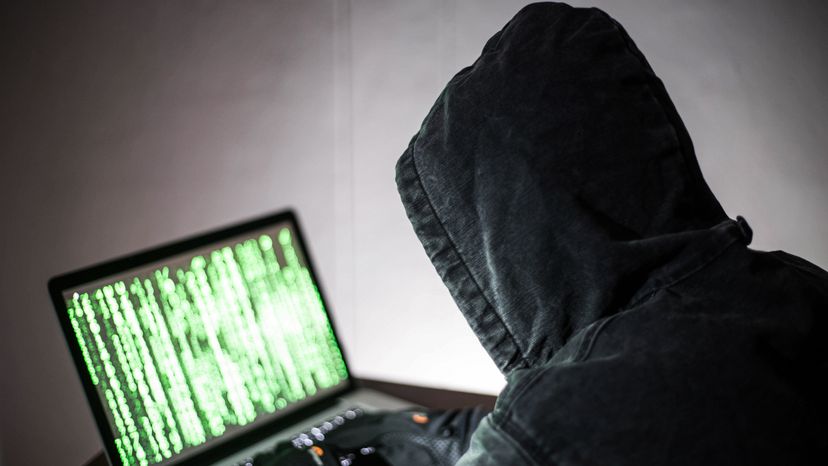A botnet is a number of Internet-connected computers communicating with other similar machines in an effort to complete repetitive tasks and objectives. This makes them perfect for cyber attacks that involve spamming, flooding email inboxes, spreading viruses, and, of course, distributed-denial-of-service. The bots are any computers being controlled or programmed by an external source. The attacker typically gains access to the “zombie” network of computers by way of a virus or some piece of miscellaneous code.
In 2010, PayPal, under heavy pressure from the government, cut off its services to WikiLinks after the document leaking website began releasing hundreds of thousands of secret U.S. diplomatic cables. In response to the situation, Anonymous went after PayPal’s main site, but the reinforced network withstood the LOIC attack. They just didn’t have enough power to bring down PayPal; that is, until two hackers going by the aliases “Snitch” and “Civil” used a virus to bring a legion of computers under their control. With the a new army of zombie computers at their disposal, Anonymous had the ion cannons it needed to take down PayPal’s main transaction site. PayPal estimated that the damage cost them close to $6 million.
